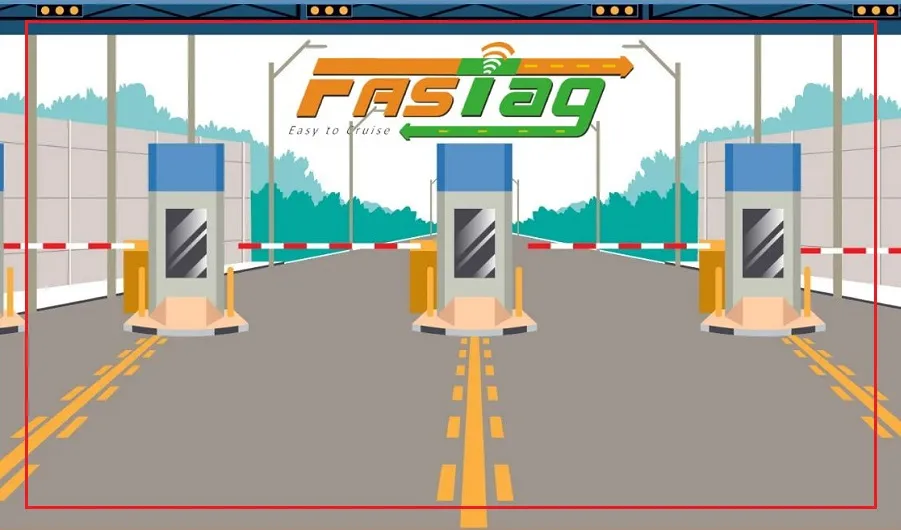The Modi government has introduced a new toll tax relief for certain vehicles on highways and expressways.
Under the new rules, private and personal vehicles will not be required to pay any toll for the first 20 kilometers of travel on national highways.
This initiative, implemented by the Ministry of Road Transport and Highways under the National Highway Fee Amendment Rules 2024,
aims to provide relief to commuters and improve the toll collection process.
Points of the New Toll Tax Rules
No Toll for First 20 KM:
Private and personal vehicles with a Global Navigation Satellite System (GNSS) on-board unit will not have to pay toll charges for the first 20 kilometers of their journey on national highways, expressways, permanent bridges, bypasses, or tunnels.
This exemption is only applicable to vehicles that do not have a National Permit.
Payment for Additional Distance:
If the travel distance exceeds 20 kilometers, toll fees will only apply for the additional distance beyond the initial 20 kilometers.
Reserved Lanes for GNSS-Equipped Vehicles:
Special lanes will be reserved for vehicles equipped with GNSS on-board units.
Vehicles entering these lanes without a valid GNSS unit will be charged double the applicable toll fee.
Implementation of the New Toll Collection System
The Ministry of Road Transport and Highways announced that the GNSS-based toll collection system would be implemented as a pilot project at select toll gates.
This system will operate alongside the existing FASTag system.
The objective of the new policy is to make toll collection more transparent, user-friendly, and to ensure smoother traffic flow on national highways.
This change is designed to benefit vehicle owners by reducing their toll expenses and enhancing the overall efficiency of highway travel in India.
How the GPS-Based Toll System Works
According to the government notification, toll collection will soon begin using the Global Navigation Satellite System (GNSS).
The government has already conducted trials on four highways and has decided to implement the system on highways and other major routes.
The entire system is based on GPS technology, which will collect toll taxes from vehicles via satellite.
Vehicles will be equipped with GPS and Onboard Units (OBUs) to facilitate this process.
The OBU will track the distance covered by the car, and toll charges will automatically be deducted once a vehicle completes 20 kilometers.
This technology will work in tandem with FASTag, meaning vehicles with FASTag can also use this new system.
Rules for Distances Beyond 20 Kilometers
The notification clarifies that the first 20 kilometers of a journey on a highway, expressway, tunnel, or bridge will be toll-free.
If the distance traveled exceeds 20 kilometers, toll charges will be applied based on the total distance covered.
This move is expected to reduce the need for vehicles to stop at toll plazas, improving the overall efficiency of road travel.
Integration with Existing Systems
The new system will also integrate with existing highway cameras, which will share vehicle details with the satellite to facilitate toll deduction.
The satellite-based toll collection is part of the government’s effort to streamline toll processes and reduce travel delays on major roadways.

























